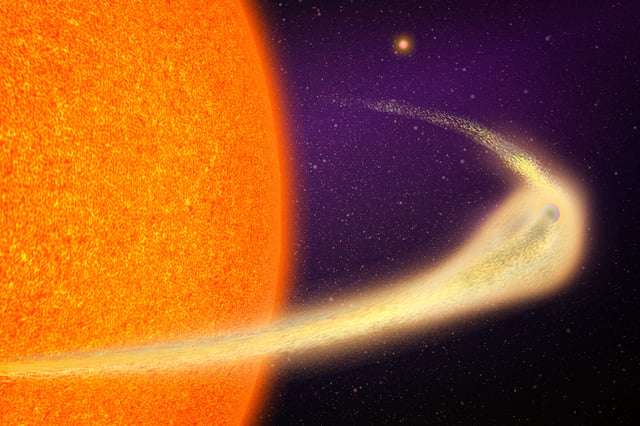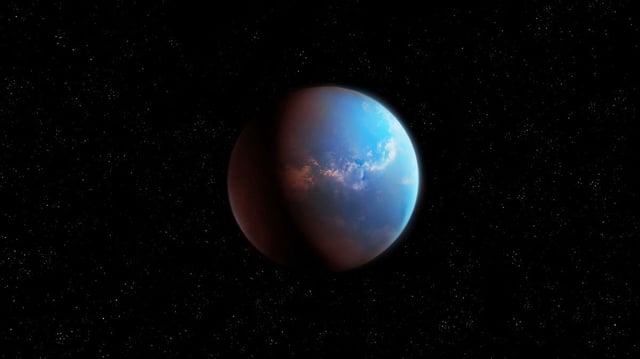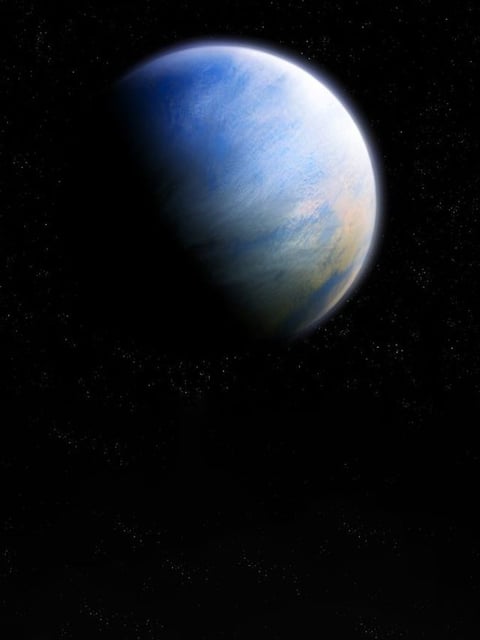Overview
- BD+05 4868 Ab, located 140 light-years away in the Pegasus constellation, is rapidly disintegrating due to extreme proximity to its star, completing an orbit every 30.5 hours.
- The planet's surface, heated to nearly 3,000 °F, is covered in molten magma that evaporates into space, forming the longest known comet-like tail of mineral dust at 9 million kilometers.
- Each orbit causes the planet to lose a Mount Everest’s worth of material, with researchers predicting complete disintegration in 1–2 million years.
- The discovery, made using NASA's TESS, marks BD+05 4868 Ab as the fourth known disintegrating exoplanet, with the most catastrophic evaporation rate and deepest transit signals observed.
- Upcoming James Webb Space Telescope observations aim to analyze the mineral composition of the planet's dust trail, offering insights into rocky planet interiors and formation processes.


